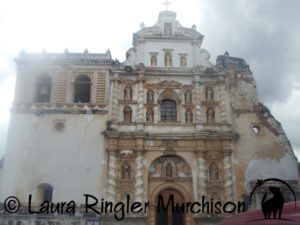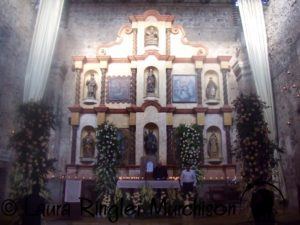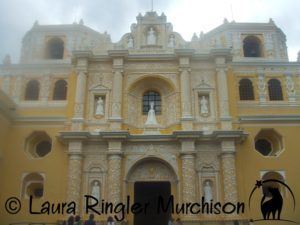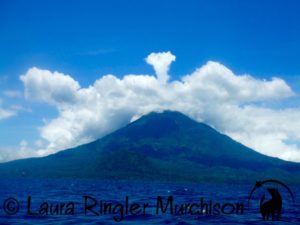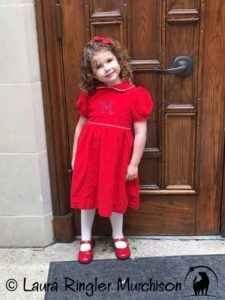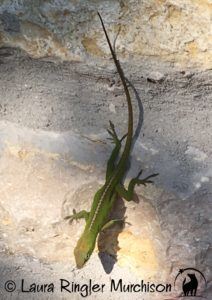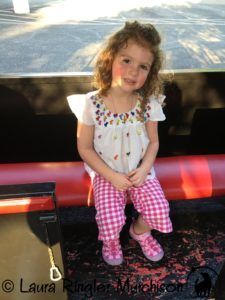Every time we ventured out I could not help but notice the brightly painted walls and stunning vines of flowers that dripped gracefully down toward the cobblestones. Today we would make our way down to Antigua’s 5th Avenue to do a little shopping! I have read it is probably the best city in all of Central America for shopping and I can believe it. My sweet husband bought me a stunning mother of pearl choker in a high end jewelry store, and I am not known for changing my jewelry often. They had authentic jade there worth a fortune and I noticed there were more men with machine guns guarding the doors. The ancient Maya, Olmec, and Aztecs all treasured jade, more so than gold. Passing the fancy art galleries, we ambled our way toward the plaza. One could not help but notice the iconic yellow Santa Catalina Arch which allowed nuns to pass from the convent over the road below undisturbed, like a catwalk. A little past the Plaza Mayor, we devoted the rest of day to looking around the mercado municipal (public market) as well as a huge outdoor artisans’ area for all sorts of handcrafted goods. I love to bargain in foreign countries, but I refused to do so here. The amount of time, detail, and work these women put into their stitched textiles was mind-boggling. I felt I was taking advantage of them simply by paying their asking price; to have tried for less would have been immoral in my book. We got a beautiful purse for my mother which she loved and carried until the day she died. She was the envy of all who noticed it, so proud to have it, and I was embarrassed knowing it only cost something like $25. The entire bag was made completely by hand and the whole front was covered in intricately detailed, hand-stitched red flowers. The handles were strong and made of cloth and the inside even had a little zippered compartment. No shoddy craftsmanship here; it was literally a wealth of talent, time, care and creativity that went into the goods we saw. And no animals were slaughtered to make them! There were woven shawls and rugs, smocked clothing, bags and more completely stitched by hand. The national currency is the quetzal, named after the resplendent national bird of Guatemala. In ancient Mayan culture the bird’s long tail feathers were used as currency. I bought a large blue embroidered bag (primarily to bring back all my treasures) as well as two exquisitely detailed pillow shams each bearing three quetzals surrounded by flowers; one in dark blue and the other in vibrant orange. They live in our formal dining room on our banquette and every day I am reminded of Guatemala and its beauty each time I walk through our home. The famous 19th century American philosopher Ralph Waldo Emerson once said:
“Never lose an opportunity of seeing anything beautiful, for beauty is God’s handwriting.”


